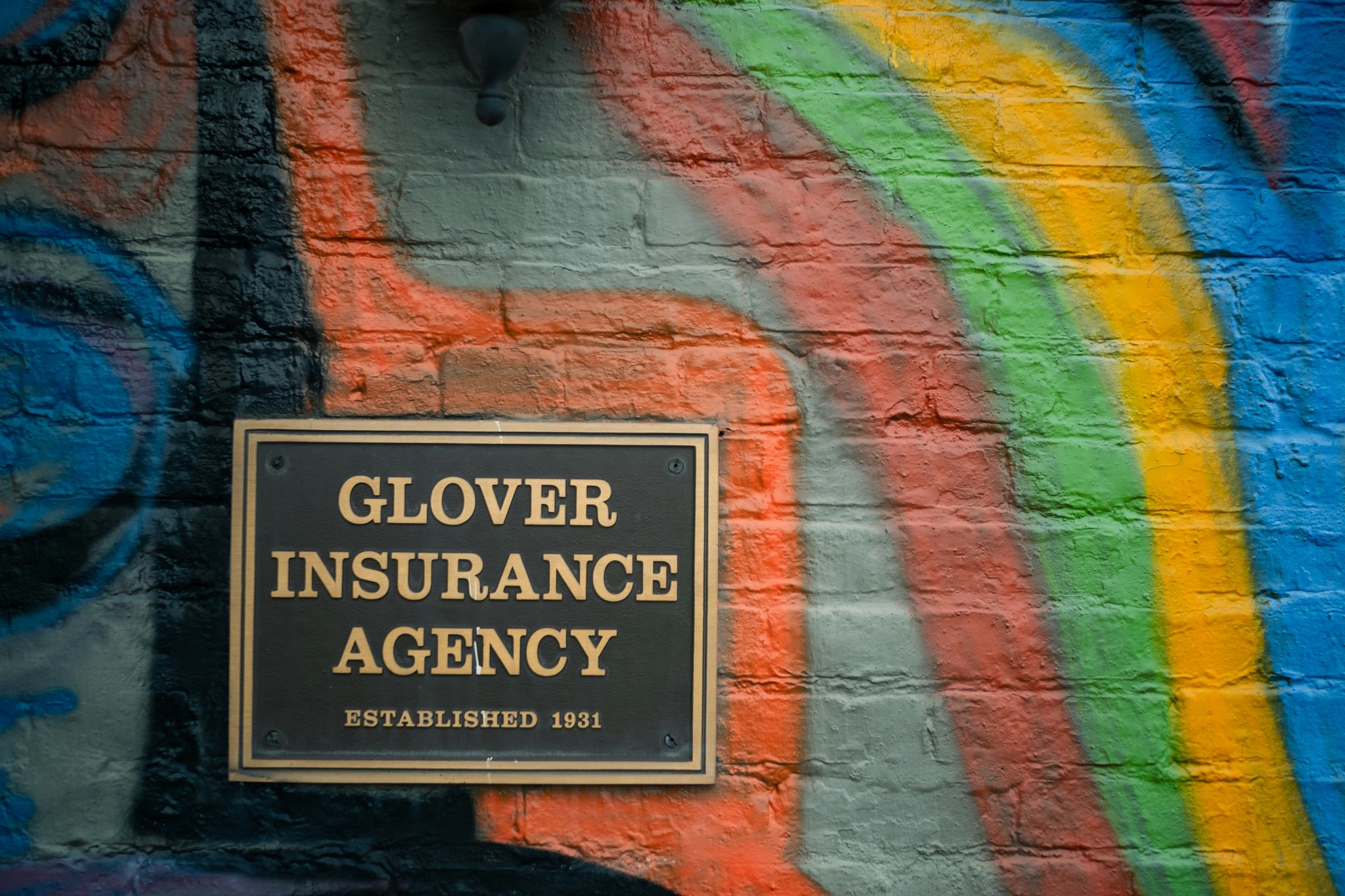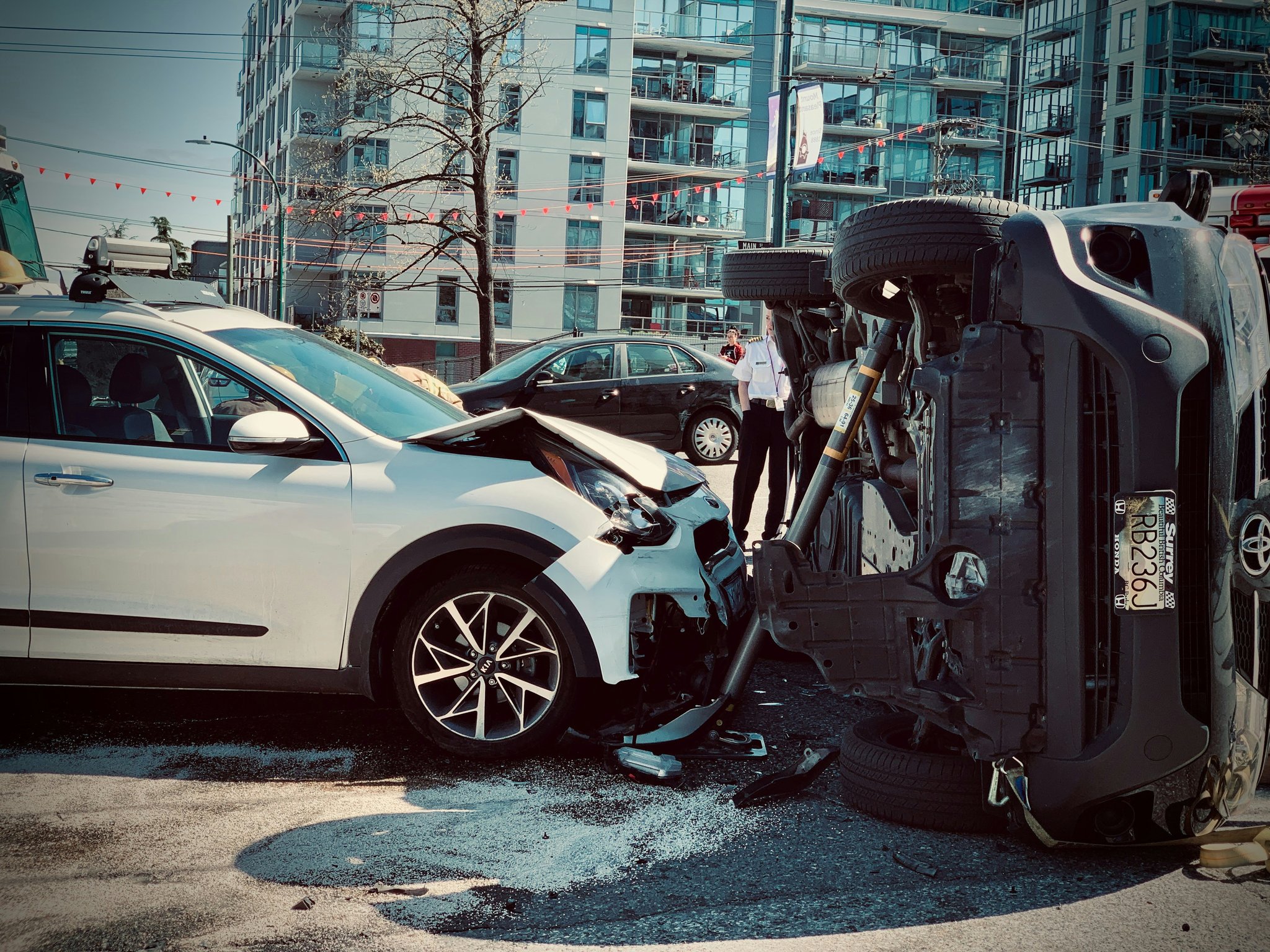“Ever felt the panic of accidentally publishing content that offended your audience or led to legal trouble? Yeah, it happens more often than you’d think.”
In today’s digital-first world, creating content is easier than ever—but so are the risks. A simple typo, an off-color joke, or even repurposed third-party material can quickly spiral into expensive lawsuits. That’s where liability media coverage steps in: a specialized form of insurance designed to protect brands from risks tied to their media activities.
In this blog post, we’ll break down:
- The basics of liability media coverage (what it covers—and what it doesn’t).
- A step-by-step guide on how to secure the right plan for your needs.
- Tips to avoid common mistakes most businesses make when handling sensitive media content.
Table of Contents
- Key Takeaways
- Understanding the Problem with Content Creation
- Step-by-Step Guide to Choosing Coverage
- Best Practices for Managing Risk
- Real-World Examples of Liability Claims
- FAQs About Liability Media Coverage
- Conclusion
Key Takeaways
- Liability media coverage protects against defamation, copyright infringement, and misrepresentation claims related to published content.
- It’s crucial for bloggers, influencers, journalists, and companies engaging in frequent media campaigns.
- Choosing the wrong policy can leave gaping holes in protection; understanding exclusions is key.
Understanding the Problem with Content Creation
“Once upon a time… I wrote a blog post claiming my cat was smarter than Einstein. Then someone decided to sue me for spreading misinformation!”
This might sound absurd, but similar cases happen all the time. The internet isn’t just vast—it’s filled with opportunities to mess up. Here are some real-life scenarios where brands faced hefty fines due to poorly managed media outputs:
- Critical Mistake: Accidentally using an image without proper licensing. One company forked over $8,000 because they didn’t realize Shutterstock photos weren’t “free.”
- Oops Moment: Posting satire tweets that were taken out of context. Brands have paid millions after customers misunderstood jokes as offensive remarks.
- Copyright Headache: Quoting large chunks of text verbatim without permission led to costly settlements.

Step-by-Step Guide to Choosing Coverage
Optimist You: “Let’s just pick any media liability insurance—it’ll be fine!”
Grumpy You: “Not unless you want to pay through the nose later.”
To help you dodge bad decisions, follow these steps:
Step 1: Analyze Your Needs
Ask yourself: Are you writing opinion-heavy blogs? Producing video content? Running ads? Each activity has unique vulnerabilities.
Step 2: Compare Policies
Don’t settle for vague promises. Look at coverage limits, exclusions, and premium structures carefully.
Step 3: Consult Experts
Sometimes SEO tactics won’t cut it—you need industry pros who know ins-and-outs better than ChatGPT could guess.

Best Practices for Managing Risk
No matter how diligent you are, accidents still happen. To minimize issues:
- Foster Internal Compliance: Regular training sessions about fair use laws, copyright compliance, and tone sensitivity go a long way.
- Double-Check Sources: Never rely solely on Google searches for permissions or licenses.
- Create Editorial Guidelines: Document rules for acceptable language, imagery, and sourcing practices.
Real-World Examples of Liability Claims
Rant Alert! Remember that infamous case where PepsiCo faced backlash for implying Hilltop vibes in one ad? People got mad fast, leading to millions wasted fixing PR damage. While not strictly a lawsuit, such incidents highlight why having robust liability media coverage helps mitigate fallout.

FAQs About Liability Media Coverage
Q: Does every business really need liability media coverage?
A: If you publish content regularly (blog posts, videos, social updates), yes. Lawsuits aren’t cheap!
Q: Can’t I just rely on general commercial insurance?
A: No—general liability rarely addresses intellectual property disputes or libel specifically.
Q: Will my small YouTube channel qualify for affordable rates?
A: Typically yes, depending on viewer count, revenue streams, and risk factors.
Conclusion
Navigating the complexities of modern content creation feels impossible without safeguards in place. Thankfully, liability media coverage offers peace of mind while focusing on what matters—telling great stories. Just remember to choose wisely, practice caution daily, and embrace preventive measures rather than praying nothing blows up.
Because if history teaches us anything? A $10K mistake sure sounds like nails on a chalkboard.
Like MySpace profiles, good coverage stays relevant forever.


